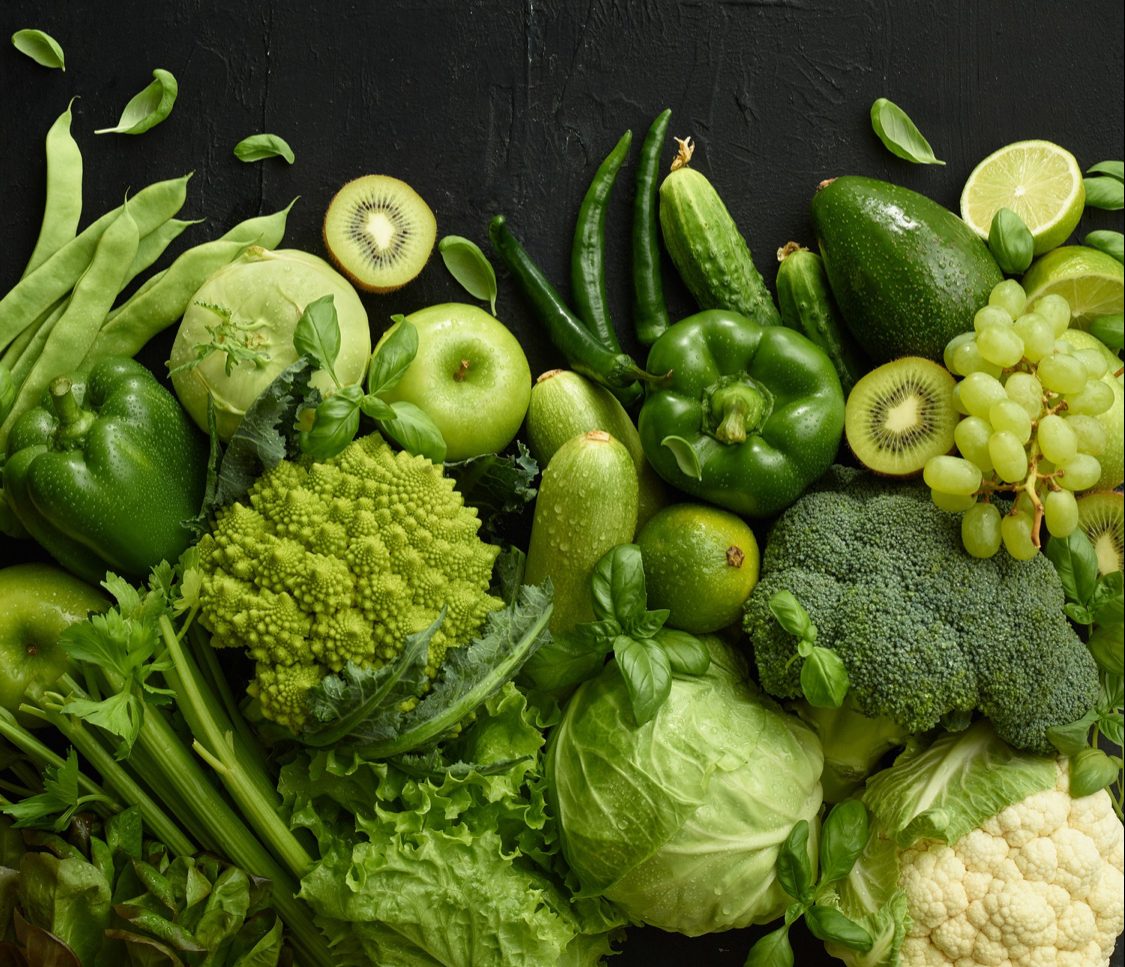Introduction
Food safety is a concern for many people and affects millions of individuals across India. Whether through contaminated ingredients or sloppy hygiene, the failure to deliver safe food has serious real-world effects. Let’s take a deep dive into India’s food safety system and help you with some of the recent incidents.
The Growing Concern
Unsafe food products are quite the norm in India. Consumers have relatively low confidence both in the Food Safety and Standards Authority of India (FSSAI) and state food departments. This also brings into the limelight food safety issues following recent raids by Singaporean and Hong Kong regulators who found cancer-causing substances in leading spice brands like MDH and Everest.
Challenges and failures
Inadequate Regulation and Enforcement:
Some of the main issues that are directly related to food processing are the absence of strict legislative requirements and the lack of effective control regarding safety standards. However, the implementation of these regulations means that there are high standards in matters regarding food products, which is still not an easy task. However, both the FSSAI and state authorities must intensify their actions in the above regard. The overview of sampling and testing in the food processing sector shows that regular checks of the foods are vital; however, there remain weaknesses in assessing the complete food chain.
Contaminated Ingredients:
Another cause of concern is the contamination of food ingredients. Such issues have threatened to scuttle almost all the developed feeding strategies aimed at improving the welfare of food producers and consumers in society. This holds lots of risks for the consumer. It varies from pesticides present in the vegetables we consume to the toxic components added to most packaged food items. There are recent incidents that show that spices are sometimes contaminated with unsafe material, and this has made experts call for enhanced quality control measures.
Hygiene Practices:
Hygiene practices in food retail outlets and eateries, including restaurants and retailers of street foods, are frequently desired. Hygiene practices when storing, handling, and preparing food also factor into diseases because they aren’t practised as they should be. That is why it should work to enhance these practices to guarantee consumers’ safety.
Consumer Awareness:
Another goal is to raise consumers’ awareness about the proper handling of foods, which also aims to help them avoid falling ill due to the consumption of spoiled foods. Investing in food safety is still a major concern and challenge that is unknown to many people, as is their accountability for it. There is a much-needed need to label goods appropriately and regularly raise awareness about what we take and how it affects us so that everyone can take charge and opt for healthier choices. It is possible to work systematically towards a safer and healthier food system only if these emergent challenges and failures are acknowledged and addressed.
Recent Cases
Carcinogens in Spices:
It makes people very worried to note that some of the famous brands on the market, such as MDH and Everest Spices, contain carcinogenic substances. Due to the usage of spices in food, it becomes crucial to act quickly and eliminate such products from circulation as much as possible through recalls.
Contaminated Street Food:
India’s street food sellers are a vital and rich part of the country’s gastronomic culture; however, many incidents revealed significant variability in food hygiene behaviours. Sadly, some people continue to suffer from food poisoning arising from foods sold by street vendors.
Unregulated Online Food Delivery Platforms:
The uptake of delivering food has been made possible by the internet, which comes with its challenges, especially in the aspect of hygiene as the food is prepared from the kitchen to the doorstep. This still forms part of the issues that require consideration.
Conclusion
In India, there must be a reformative change in the approach to food safety, and hygiene should be taken as one of the rights of the consumer. Therefore, it is necessary to enhance laws and policies, increase measures against their violations, and increase the level of consumers’ knowledge. If these challenges are addressed right at their root, one can be assured that every food consumed in India is safe for consumption and healthy.
 Food Manifest
Food Manifest 


















